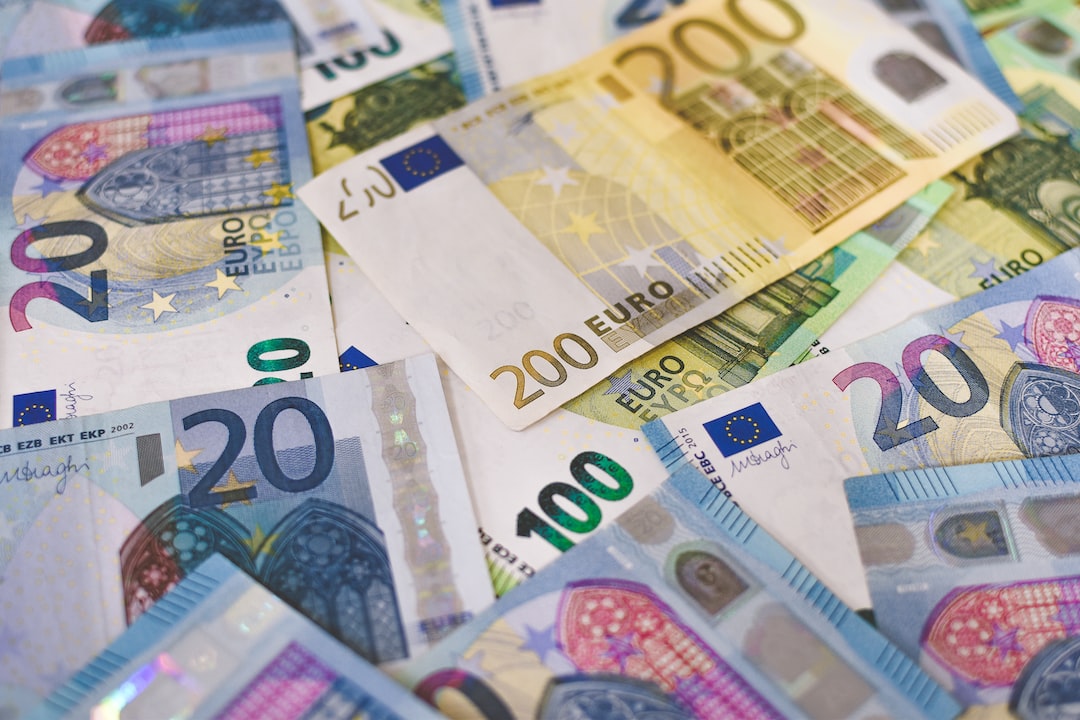Analyzing the correlation between oil symbol and forex currency pairs
When it comes to analyzing the forex market, there are several factors that traders consider to make informed trading decisions. One such factor is the correlation between different assets, such as currency pairs and commodities. In particular, the correlation between the oil symbol and forex currency pairs has gained significant attention in recent years. Understanding this correlation can provide valuable insights for traders and help them navigate the ever-changing forex market.
Before delving into the correlation between oil and forex currency pairs, it is important to understand the basics of correlation. Correlation measures the statistical relationship between two assets or variables. It ranges from -1 to +1, where -1 indicates a perfect negative correlation, +1 indicates a perfect positive correlation, and 0 indicates no correlation at all. A positive correlation means that when one asset goes up, the other also tends to go up, and vice versa for a negative correlation.
Oil is one of the most widely traded commodities in the world, and its price is influenced by various factors such as supply and demand dynamics, geopolitical events, and economic indicators. As a result, changes in oil prices can have a significant impact on various sectors of the economy, including currencies.
One of the main reasons for the correlation between oil and forex currency pairs is the influence of oil prices on inflation. Oil is a key component in the production and transportation of goods, and any significant increase in oil prices can lead to higher production costs. This, in turn, can lead to inflationary pressures in the economy. Central banks closely monitor inflation levels and adjust their monetary policies accordingly, which can impact currency values.
For example, let’s consider the Canadian dollar (CAD) and the correlation with oil prices. Canada is one of the largest oil producers in the world, and its economy is highly dependent on oil exports. When oil prices rise, it leads to increased revenue for Canadian oil companies, which can boost the Canadian economy and strengthen the CAD. On the other hand, a decline in oil prices can have the opposite effect.
Similarly, other oil-exporting countries like Russia and Norway also have a positive correlation between their respective currencies and oil prices. The Russian ruble (RUB) and the Norwegian krone (NOK) are often influenced by changes in oil prices due to their heavy reliance on oil exports. Traders who are aware of this correlation can use it as an additional tool in their analysis and make more informed trading decisions.
On the other hand, some currency pairs have a negative correlation with oil prices. For instance, the Japanese yen (JPY) is often viewed as a safe-haven currency, and during times of geopolitical tensions or economic uncertainties, investors tend to flock to the yen. In such situations, oil prices may decline as investors shift their focus towards safer assets, leading to a negative correlation between oil and the JPY.
It is important to note that while a correlation exists between oil and forex currency pairs, it is not always a perfect relationship. There are several factors that can disrupt or weaken the correlation, such as unexpected economic events, changes in monetary policies, or market sentiment.
Traders should also be cautious of relying solely on correlations when making trading decisions. Correlations can change over time, and it is essential to conduct thorough analysis and consider other fundamental and technical factors before entering into a trade.
In conclusion, the correlation between oil and forex currency pairs is an important aspect of market analysis. Understanding this correlation can provide traders with valuable insights and help them make more informed trading decisions. However, it is crucial to remember that correlations are not static and can be influenced by various factors. Traders should always conduct their due diligence and consider multiple factors before making any trading decisions.






